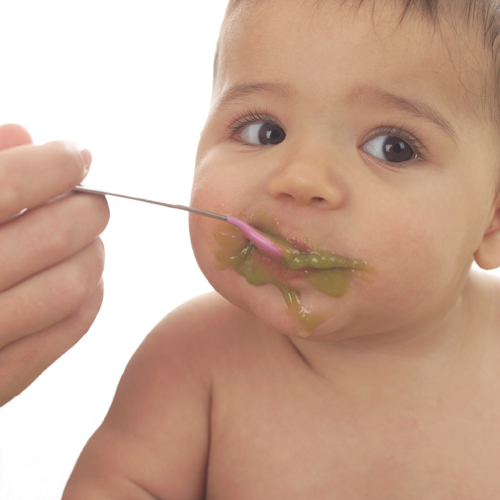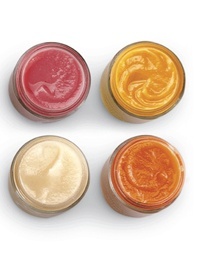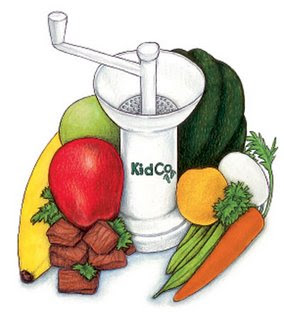Home Canning Baby Food: Pros, Cons and Safety Measures

If you’ve considered home canning baby food, especially if you’ve experienced success with other canning endeavors, you need to be aware of the pros and cons of putting up your own baby food.
Of course, the “experts” are totally against canning homemade baby food, using the argument that home canned food may contain bacteria that could be very harmful to babies under six months. Of course, since babies should not get “real” food before six months, the warning is a bit overboard.
As long as you don’t feed your infant home canned food before six months of age, and that you have followed stringent safety guidelines, then your baby can enjoy delicious healthy food. You’ll also have peace of mind knowing exactly what you are feeding your baby.
Guidelines for Canning Homemade Baby Food
However, here are a few guidelines for baby food canning:
Pureed Vegetables and Meat
Do NOT can pureed vegetables, red meat or chicken. Instead can small chunks and then finish the pureeing process at the time you open the jar to use. After pureeing, heat the baby food to boiling and boil for 10 minutes to kill off any remaining bacteria. Cool and serve. Store any unused baby food in the refrigerator.
High-Acid Fruit-Based Pureed Foods

Follow standard food handing and processing guidelines for all fruits, deciding whether or not to use sugar. Can small chunks or pureed fruits. High-acid fruits include:
- Peaches
- Apples
- Pears
- Apricots
- Nectarines
Bananas are NOT high acid and should not be canned as baby food.
Ideally you should use half-pint jars, although pint jars will work in a pinch.
How to Prepare Low-Acid Vegetables
If you are looking to put up vegetables like green beans, potatoes, sweet potatoes, beets or peas, then you can also dehydrate them. Instead of canning baby food, some foods are actually better dehydrated.
Here are a few basic steps for dehydrating baby food:
- Blanch or pre-cook the vegetables or fully cook the meat.
- Cut in thin pieces and place on the dehydrator trays.
- Dry thoroughly until crisp.
- After dehydrating you run the dried vegetables or even meat through a food processor until you get a fine powder.
- Store in vacuum sealed jars or bags.
- Rehydrate with purified water in a pot and boil for 10 minutes. Stir to prevent sticking.
Basic Recipes for Canning Baby Food

The best rule of thumb to follow when canning baby food is to can individual items separately. Only combine different foods at the time of use to create meals. Another reason to can each type of food separately is so that you are able to introduce new foods to your little one, a single food at a time. This way you can watch for any reaction to a new food.
Once you know what foods your baby can eat, then you can work on creating some basic recipes, although “recipes” might imply the use of spices and seasonings. Remember with babies you pretty much want to avoid seasonings, and just work with food combinations, such as:
- Bananas and sweet potatoes
- Chicken and apple
- Apples and sweet potatoes
- Green beans and pork, beef or chicken
- Pears and plums
- Chicken and sweet potatoes
- Apples and blueberries
- Apples and pork
- Apples and pumpkin (after seven months old, you can add a bit of cinnamon)
Of course there are some foods that you should not feed your baby, and these items should not be included in any of your recipes. They include: fish, honey and dairy.
The good thing about canning baby food, if you are already canning things like meat, vegetables and fruits in quart jars, processing a few jars without sugar or salt is easy. You just need to label them correctly if your going to use them in a survival situation.
Return from Canning Baby Food to Survival Storage Food





New! Comments
Have your say about what you just read! Leave me a comment in the box below.